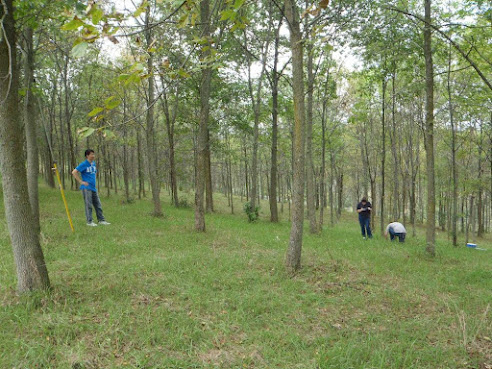 |
| Flower preserved in amber Credit: The Open University |
The flowers, discovered by experts from The Open University, Qingdao University, and others, are nearly identical to those of modern Phylica species, which are part of the Cape Fynbos flora that is exposed to frequent wildfires.
The fossils were found alongside long-extinct burned plants, pointing to wildfires being an important aspect of early flower evolution.
The sudden appearance of flowering plants as fossils in middle Cretaceous time was described by Charles Darwin as an “abominable mystery” and usually, flower fossils are rare, not well preserved and come from an extinct group of species.
However, this study, published in Nature Plants, found an exception – the research team found flowers, trapped in fossil ambers, that are almost identical to plants living today near Cape Town, South Africa.
Robert A. Spicer, Emeritus Professor at The Open University, described the historical context of the flowers and what the findings can tell us about the plant evolution:
“These exquisitely preserved flowers, fruits, leaves and pollen from 100 million years ago provide a snapshot of an important time in the evolution of flowering plants, showing that early flowers were not primitive as many people suppose, but were already superbly adapted to survive the frequent wildfires that ravaged the warm ‘greenhouse’ world of the Cretaceous.







































